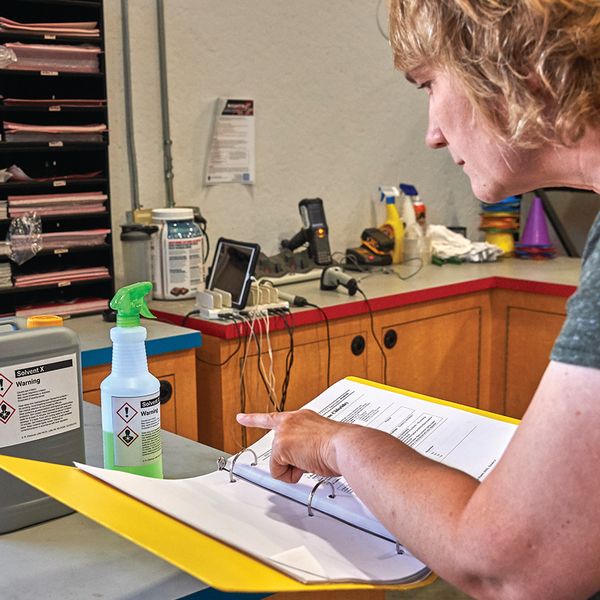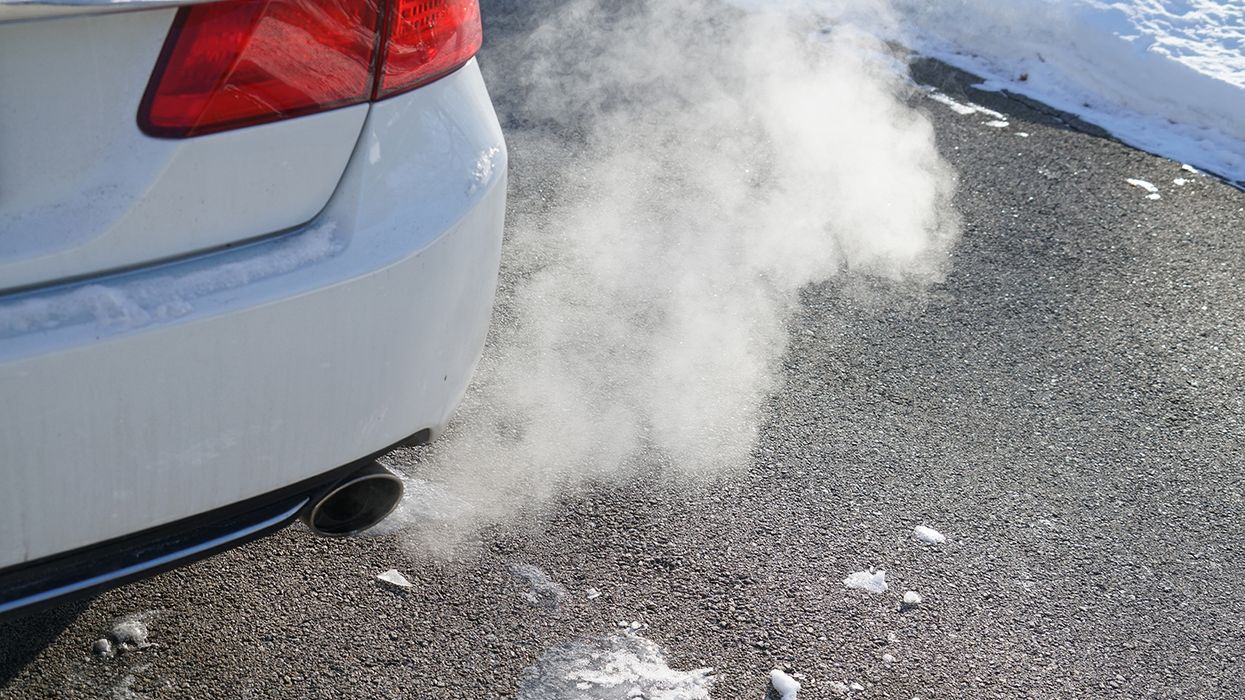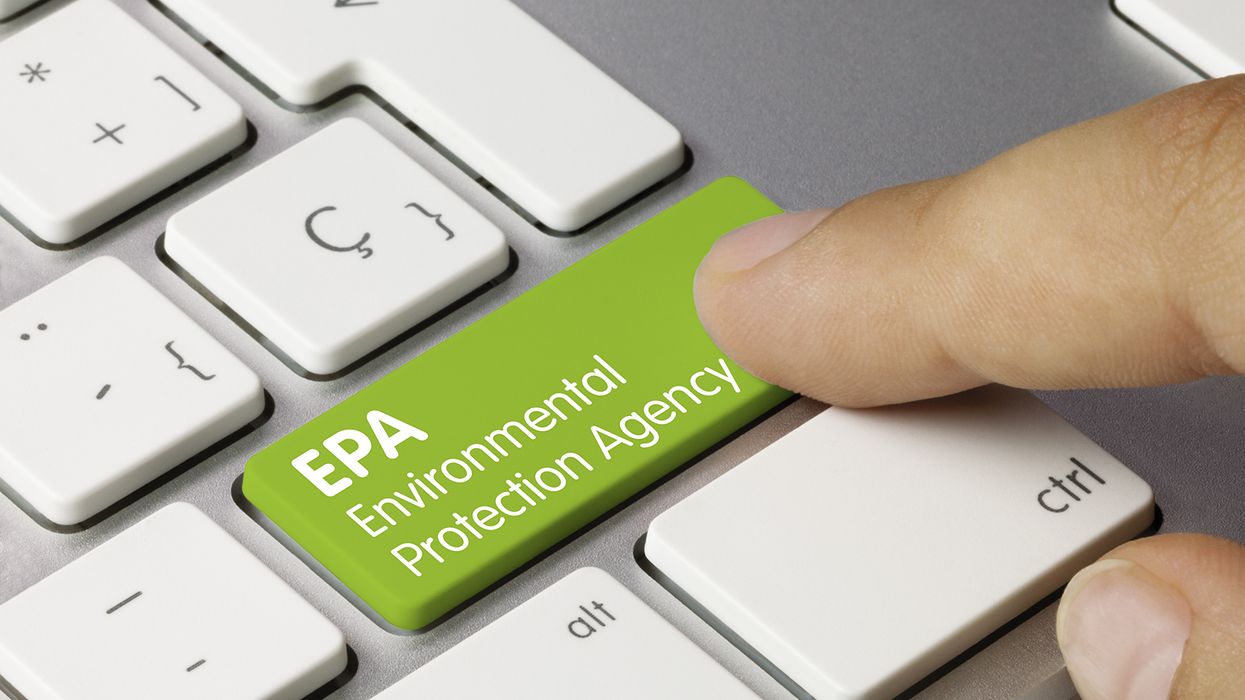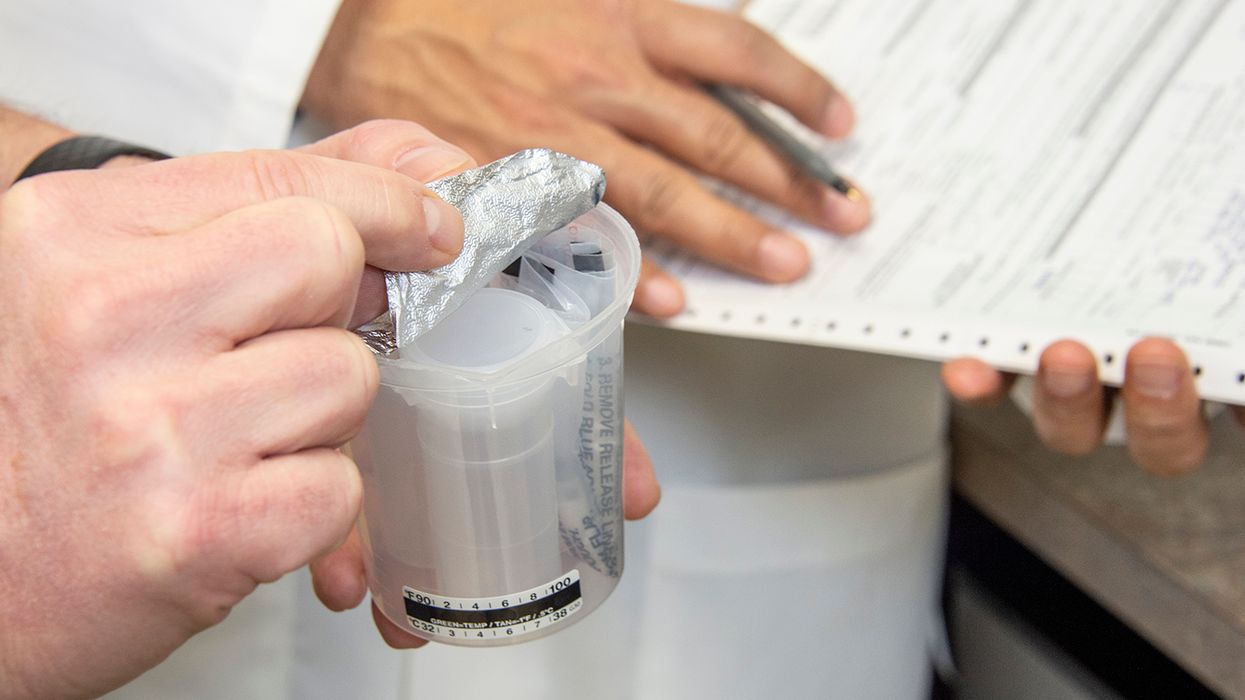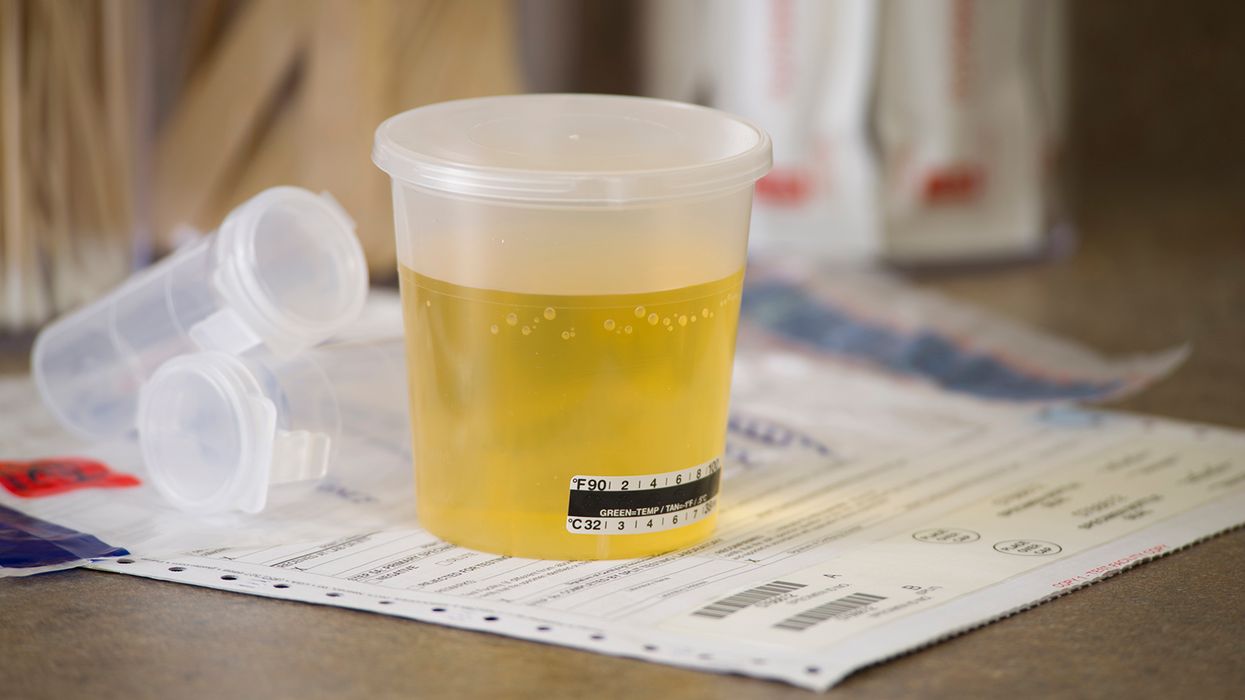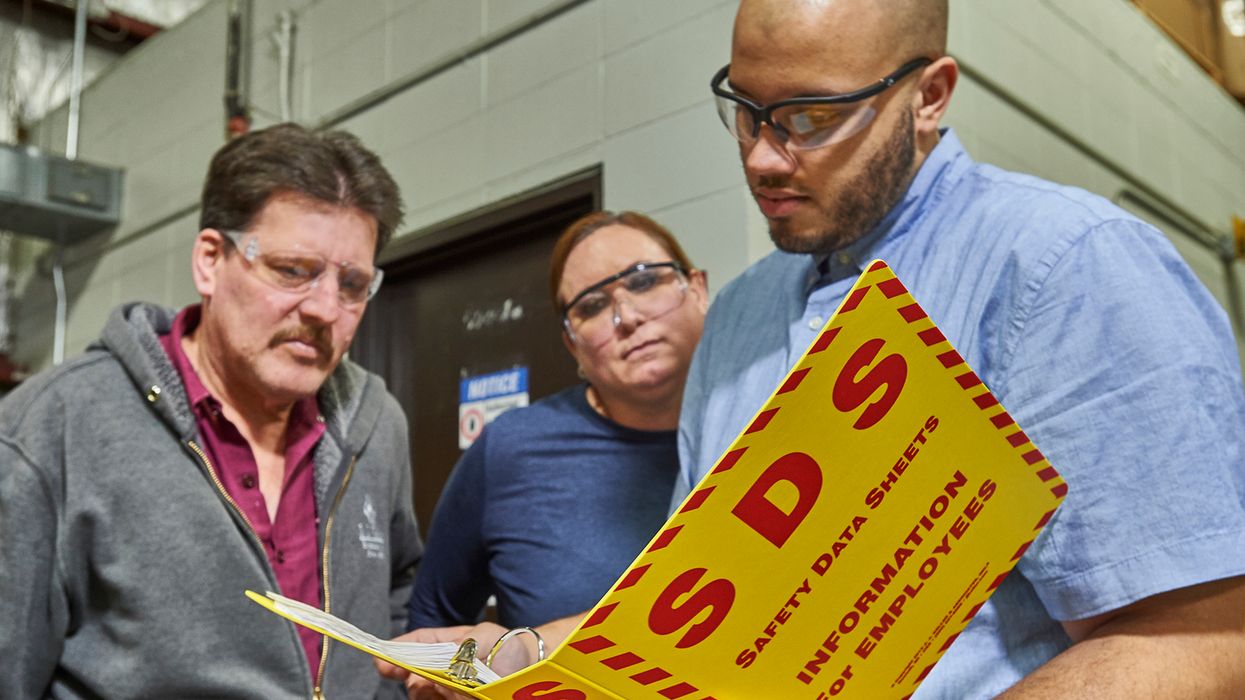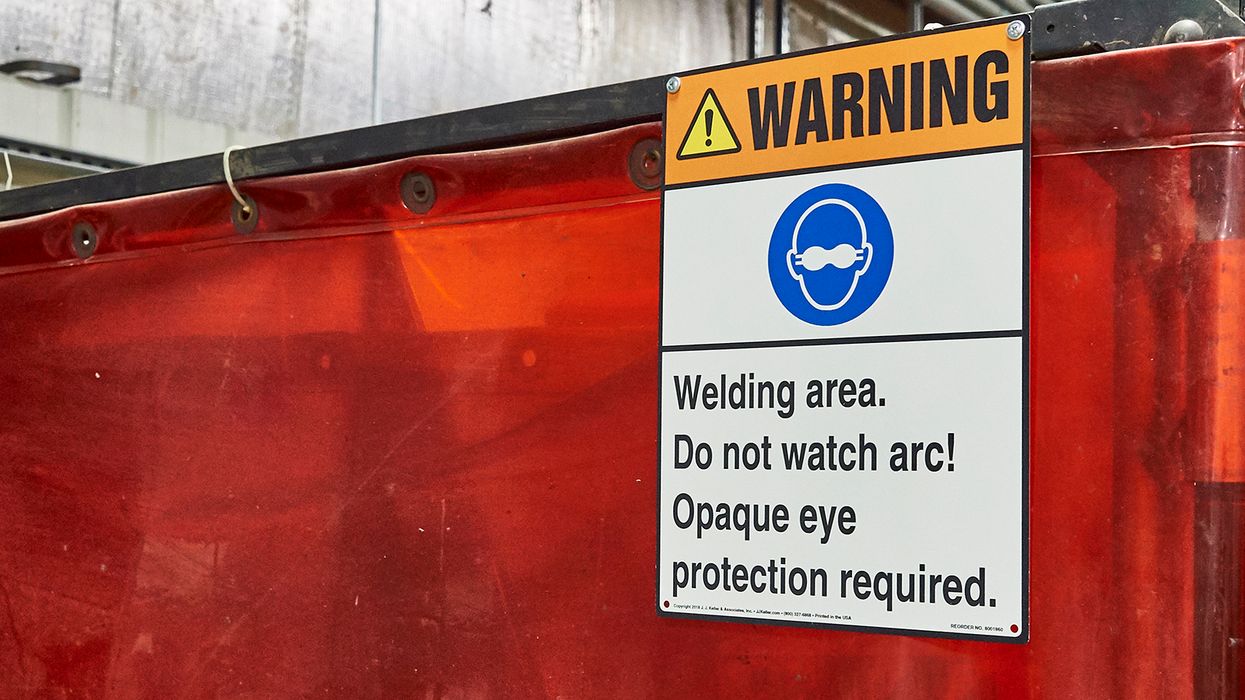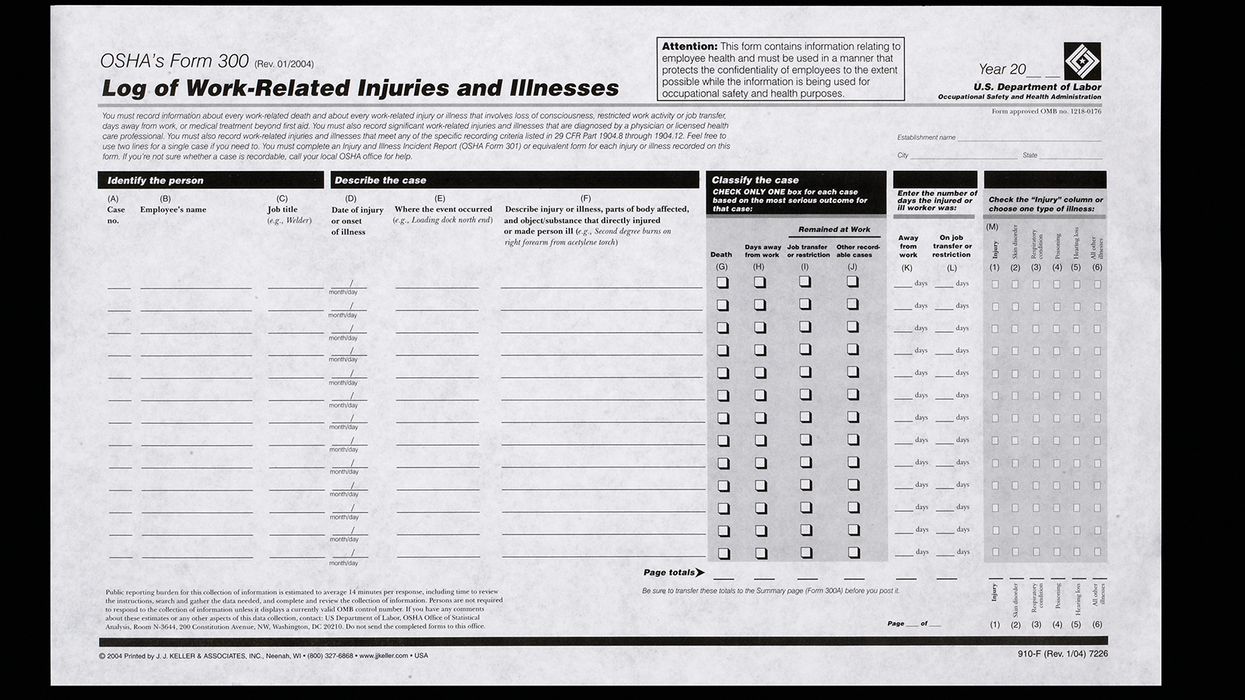Got HazCom questions? Your recent questions answered
We’ve had some great HazCom questions come in during webcasts lately, though we’re not always able to answer them live, whether that’s due to the sheer number of questions, time constraints, or the need for more research. Here’s a look at what you’re asking.
What changes did OSHA make in the revised HazCom rule? What do I need to know?
This question is an article in itself! For a breakdown of the changes, see our article “Huge OSHA HazCom rule likely impacts YOU.”
We clean equipment that’s been used for radiation. Does HazCom cover that?
Radiation hazards and biological hazards are not covered by HazCom. However, if the radiological or biological agent is accompanied by an otherwise covered hazardous chemical (e.g., a container with a biological sample packed in an organic solvent), then the container would be subject to the requirements of HazCom for the hazardous chemical only.
In this situation, if the chemical that’s used to clean the equipment doesn’t meet the consumer product exemption at 1910.1200(b)(6)(ix), it’s covered by HazCom.
Does HazCom cover potent compounds?
Potent compounds are substances that can produce a physical effect at low concentrations and pose significant risks to human health and safety if not handled properly. An example is fentanyl, a synthetic opioid commonly used for pain management; it can be lethal even in small amounts. Fentanyl pharmaceutical products come in several forms, including lozenges, tablets, sprays, patches, and injectable formulations.
OSHA says it’s identified worker exposure to hazardous drugs as a problem of increasing concern, as these medications can cause serious health effects such as cancer, organ toxicity, and fertility problems.
HazCom requires any drugs posing a health hazard (with the exception of those in solid, final form for direct administration to the patient, i.e., pills or tablets) to be included on the employer’s list of hazardous chemicals to which employees are exposed. Employees involved in any aspect of the handling of covered hazardous medications must receive information and training on the hazards in their work area.
While healthcare workers come to mind as a group that may have exposure, other groups to consider are workers who handle or come into contact with hazardous drugs in chemical manufacturing and research laboratories; first responders; and maintenance and cleaning staff.
OSHA explains in a letter of interpretation, “The intent of [HazCom] is to protect employees from hazardous exposures…. [E]mployees … counting tablets, pills, and capsules in preparation for packaging and are, therefore, handling the drugs in a manner that would potentially result in exposure to the dust from crumbled pills, tablets, or capsules. Where there is potential for exposure, employees are covered by the standard and have the right to know the hazards of the chemicals to which they are exposed. The same principle applies to the processing of any liquids, injections, gels, and ointments, for which there is no exemption under [HazCom].”
Do we need a written HazCom program for a warehouse where chemicals are stored but not used by employees?
OSHA doesn’t require a written HazCom program when employees only handle sealed containers of hazardous chemicals (such as in warehousing), but employers do have other obligations at 1910.1200(b)(4). Employers must:
- Ensure that labels on incoming containers of hazardous chemicals are not removed or defaced;
- Maintain copies of any safety data sheets (SDSs) that are received with incoming shipments of the sealed containers of hazardous chemicals, obtain an SDS as soon as possible for sealed containers of hazardous chemicals received without an SDS if an employee requests one, and ensure that SDSs are readily accessible during each work shift to employees when they are in their work area(s); and
- Train employees in accordance with 1910.1200(h) (except for the location and availability of the written HazCom program), to the extent necessary to protect them in the event of a spill or leak of a hazardous chemical from a sealed container.
Key to Remember: It can be challenging to determine whether (and how) HazCom applies to your situation. If you have a HazCom or other regulatory question, we encourage you to reach out to our compliance experts using Expert Help.






